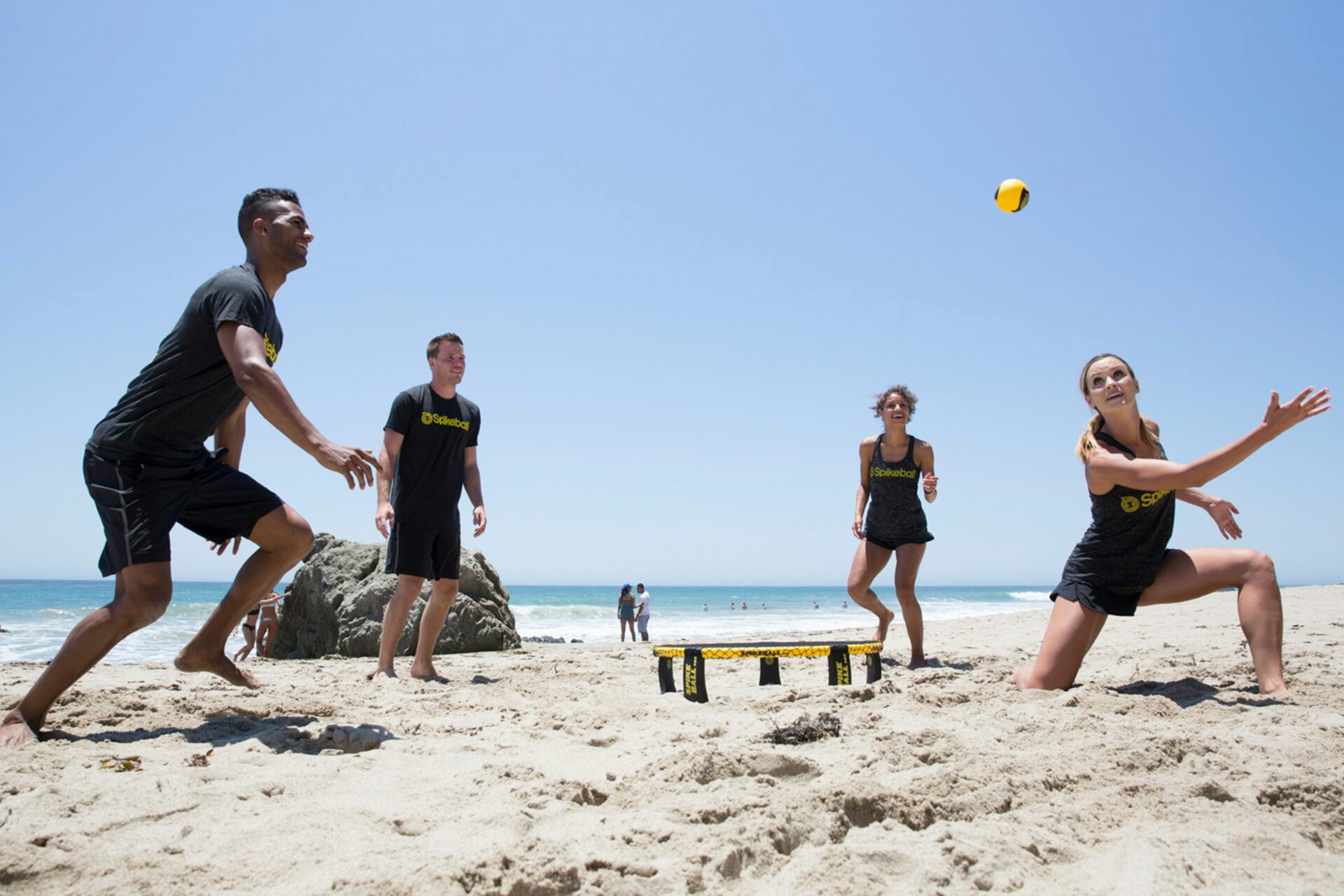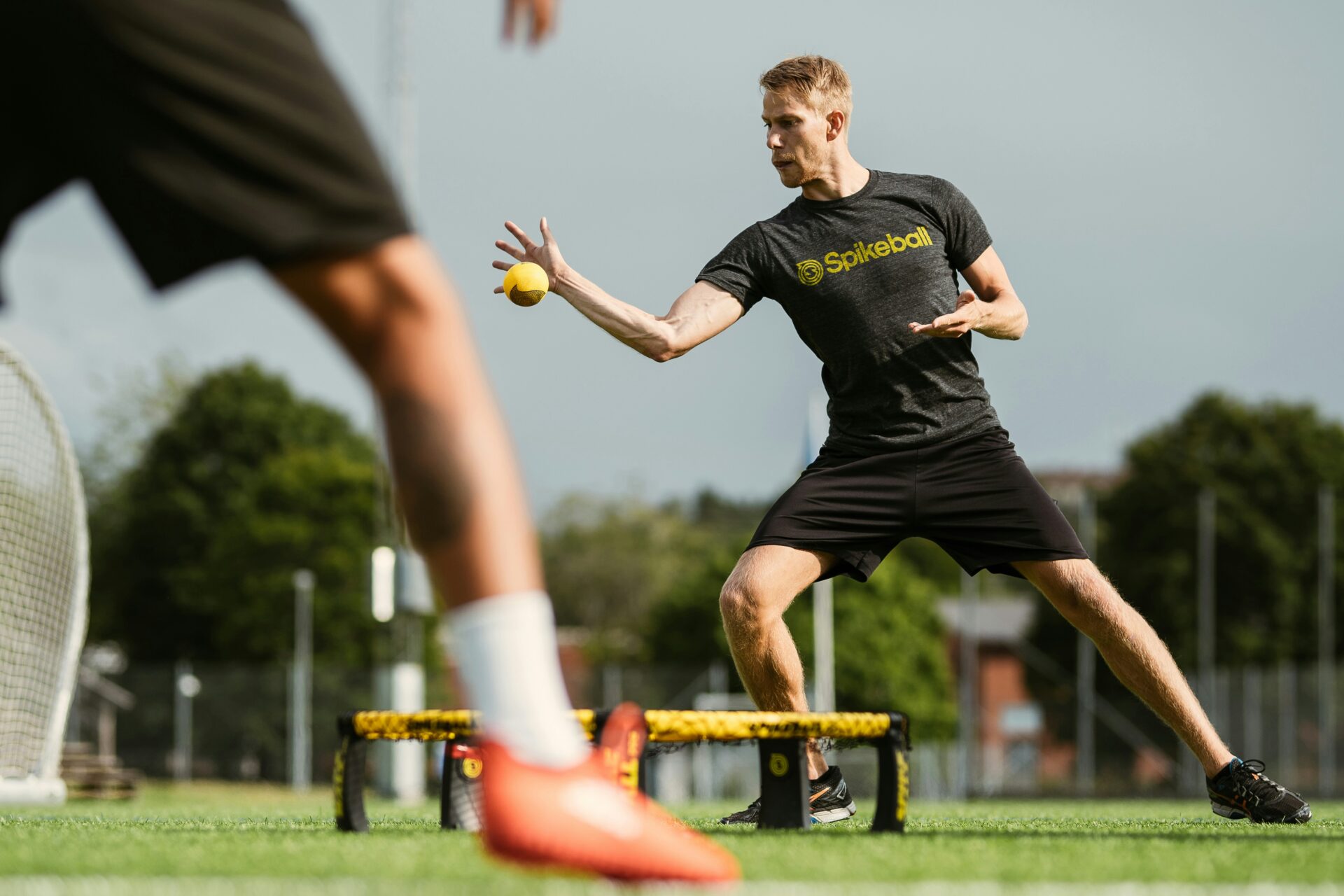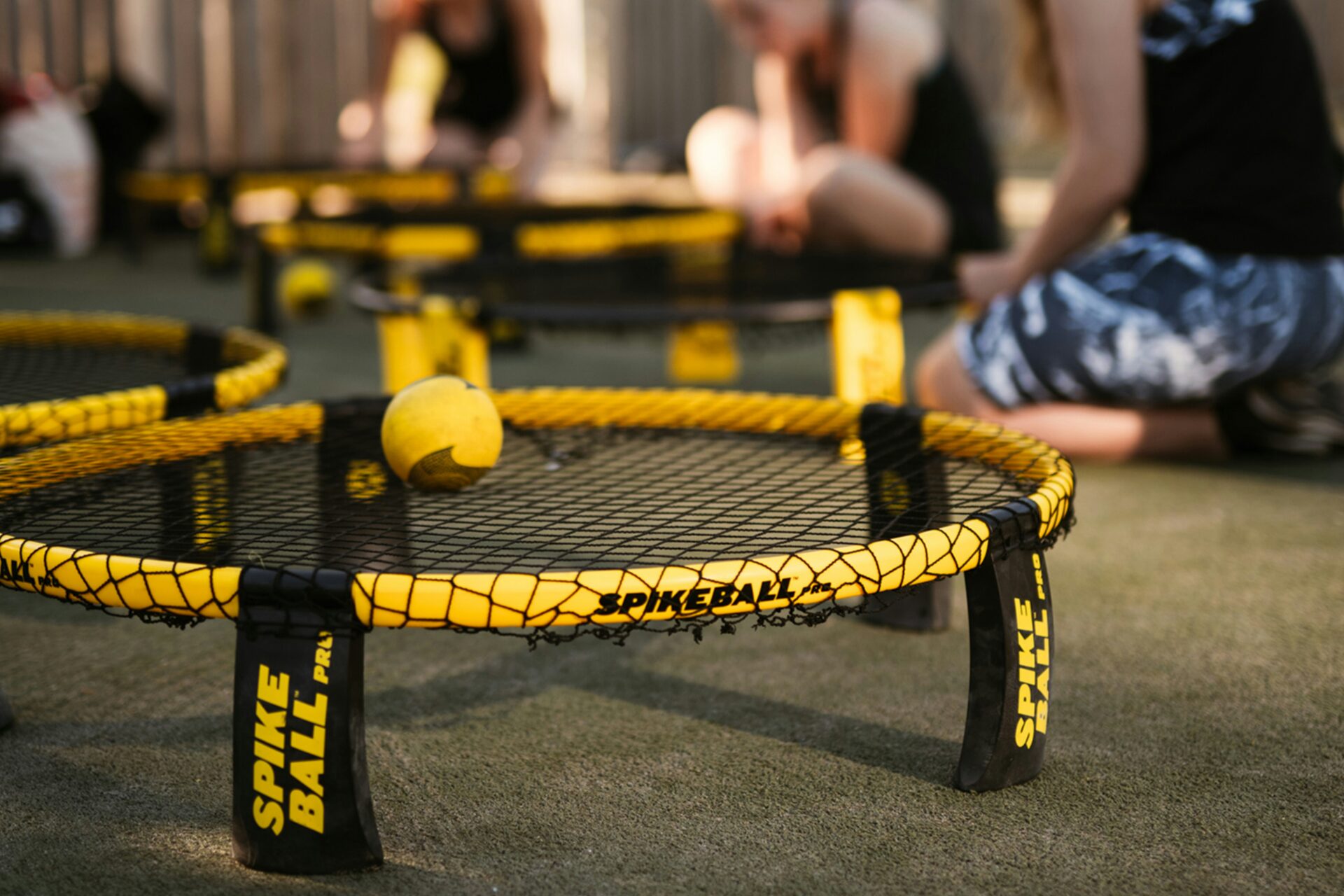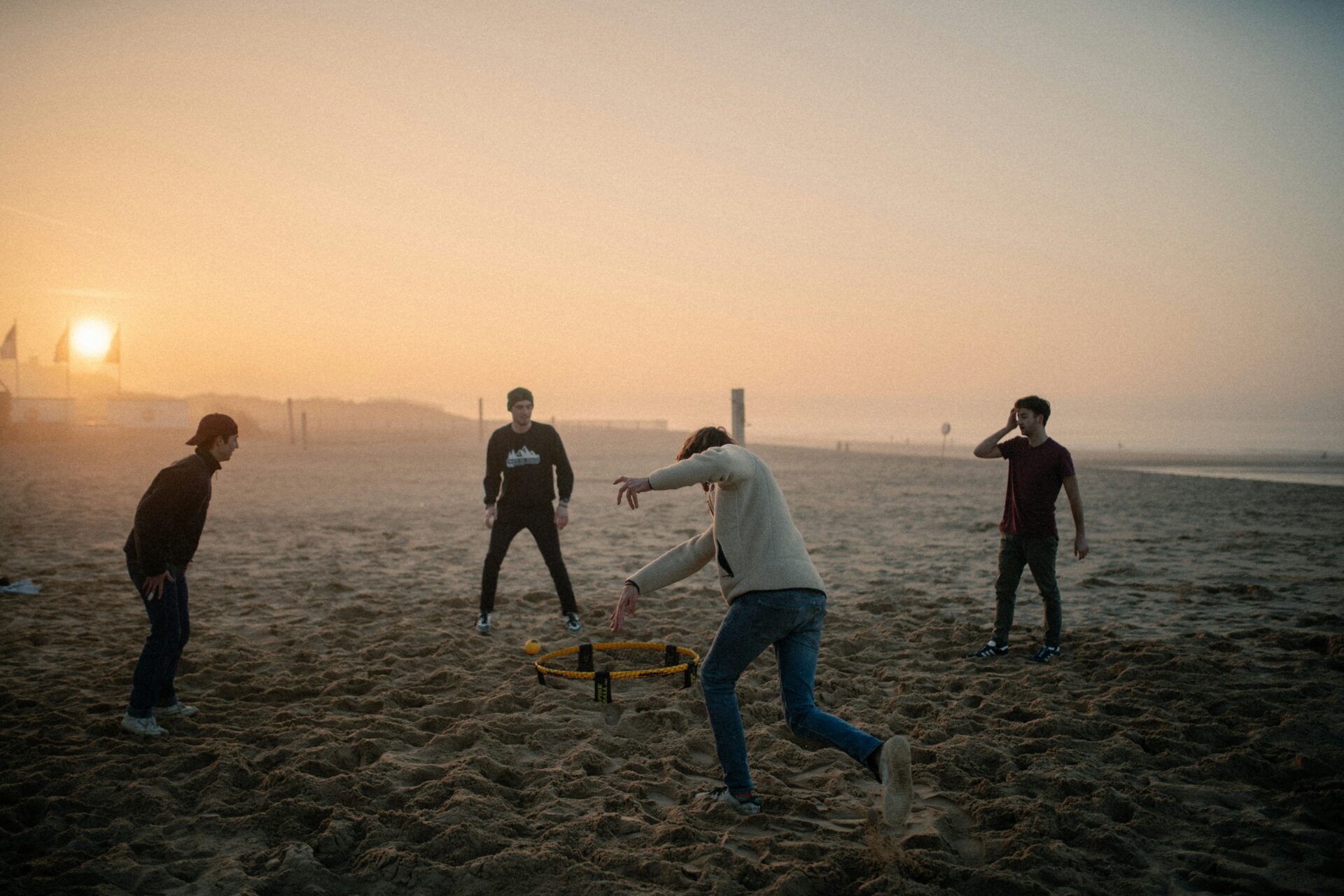Spikeball: history, rules and anecdotes
Why be interested in Spikeball in 2025 ?
Because Spikeball is an ultra-dynamic sport that combines responsiveness, coordination and team spirit! Accessible, fun and nomadic, it can be played anywhere: on the beach, in the park or even in the gym. This game, halfway between volleyball and table tennis, attracts sports enthusiasts and the curious in search of something new. Spikeball (or Roundnet) has everything it takes to become the sport of the summer.
👉 In this article:
- A dive into the history of Spikeball
- Some surprising fun facts
- And above all, a quick and clear reminder of the rules to help you understand this sport… or even learn it!
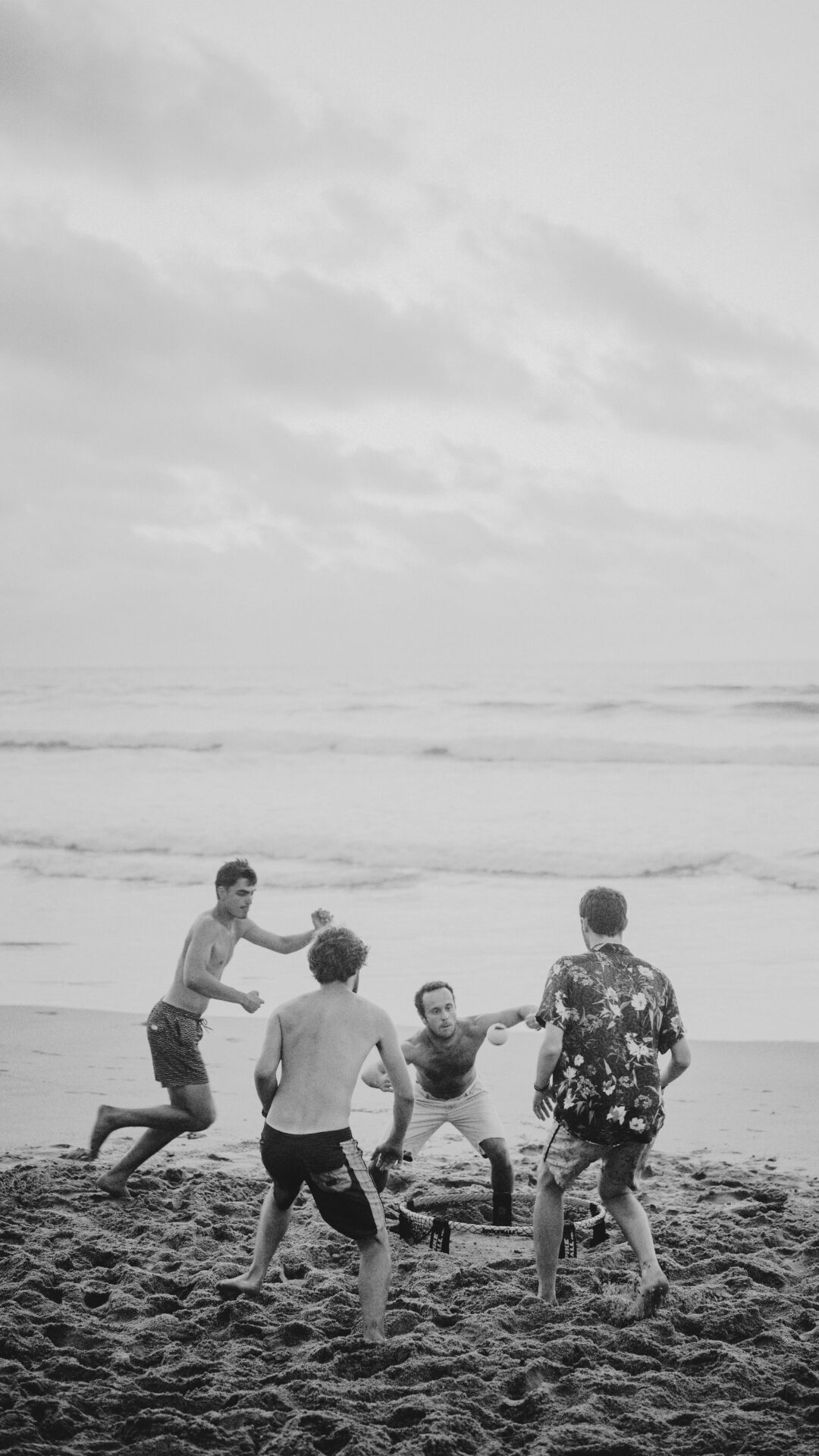
The history of Spikeball
Before it became a recognized sport, Spikeball was primarily a family game invented for leisure. In 1989, Jeff Knurek came up with this simple but effective concept: a ball, a circular net stretched like a trampoline, and two teams competing in a game of dynamic bounces.
For a long time, the game remained relatively unknown to the general public, sold only in a handful of toy stores.
It wasn’t until 2008 that Spikeball experienced a real turning point. Chris Ruder, an American entrepreneur, decided to relaunch the concept under the “Spikeball” brand. He modernized the equipment, structured the rules and, above all, created a real community around the game. It was at this point that the game began to be known by its official name: Roundnet, Spikeball being in reality the trade name of the brand marketing the game kit.
The discipline quickly gained popularity in the United States, supported by tournaments, university competitions and a strong presence on social networks.
In 2015, Chris Ruder’s appearance on the TV show Shark Tank gave a decisive boost to the brand and the sport.
Roundnet then became a sport in its own right, with its own federations, international competitions and a very active community. Clubs were formed in Europe, Canada and Asia, and tournaments multiplied.
Spikeball, or Roundnet, made its appearance in Canada at the turn of the 2010s, driven by a young and dynamic community. At first, the sport was played informally on beaches and in urban parks, before organizing itself around local leagues and community groups.
It was through universities and summer sporting events that the discipline gained visibility. Collectives such as Roundnet Canada were created to structure the practice on a national level.
Today, tournaments are organized in several provinces, with Quebec, Ontario and British Columbia being particularly popular.
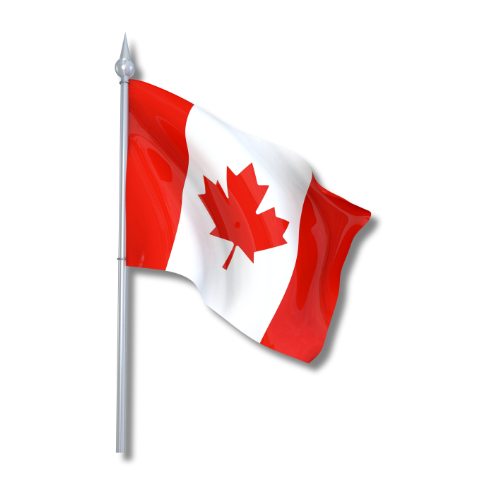
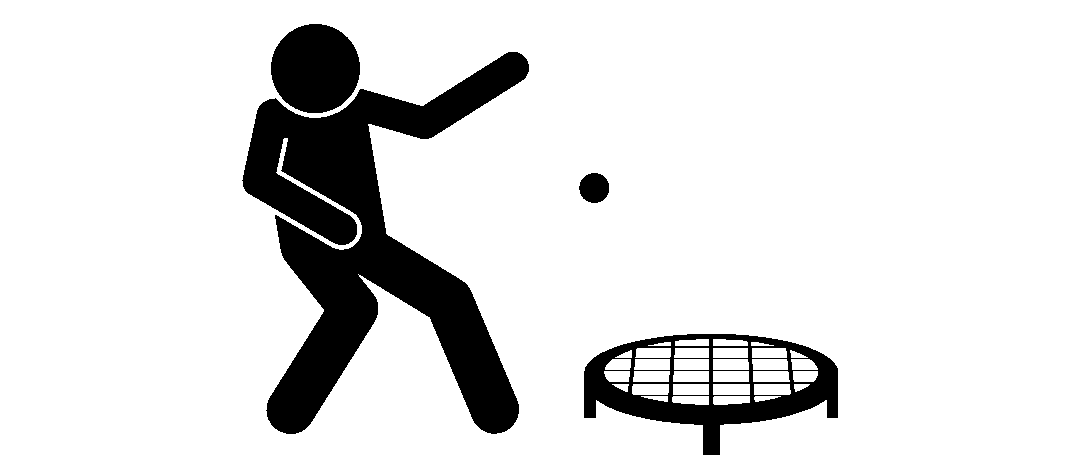
4 fun facts about Spikeball
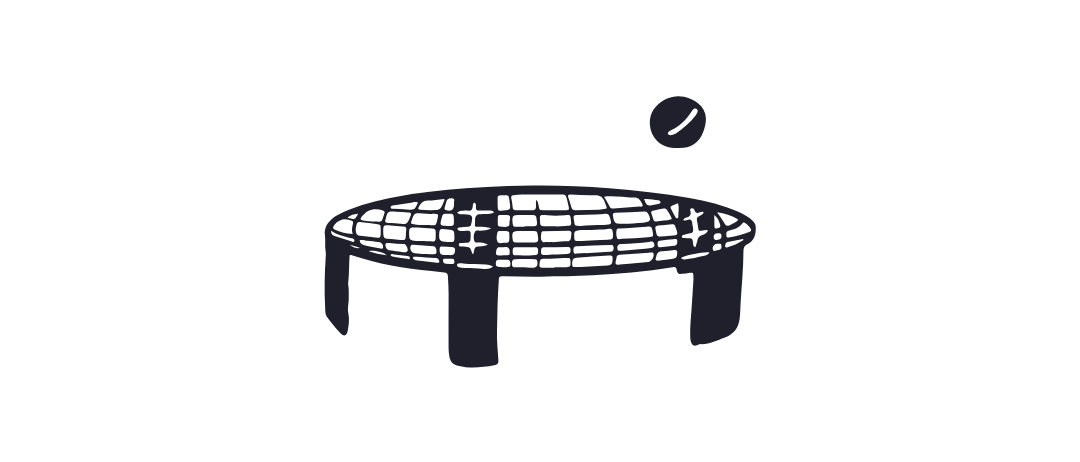
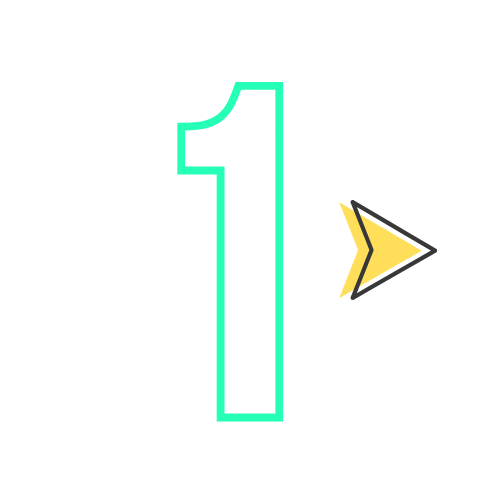
Spikeball, or Roundnet, is one of the few sports where there is no defined court: players can move 360° around the net, making each exchange completely free and unpredictable.
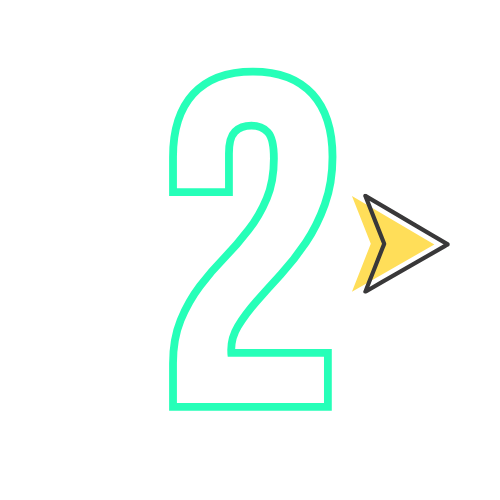
Spikeball boomed in 2015 thanks to the TV show “Shark Tank”. Its founder landed a financial deal there to boost the discipline that would later be canceled, but the media exposure propelled the sport into the spotlight.
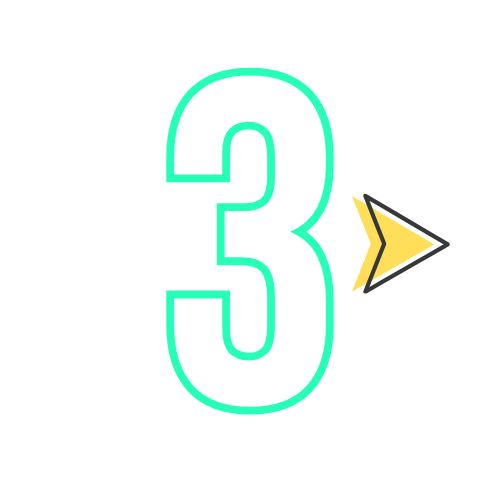
The very first Spikeball / Roundnet World Championship was held in Belgium in 2022, bringing together 33 nations for one of the most recent sports to be structured on an international scale.
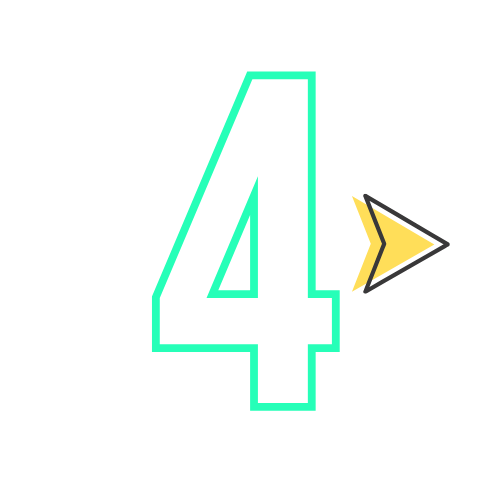
Spikeball / Roudnet has become so popular in recent years that it is often presented as “the new beach volleyball” by several sports and leisure media.

The main rules of Spikeball

GOAL OF THE GAME
Spikeball, or Roundnet, is a team sport in which two duos compete around a small circular net set on the ground.
The aim? To bounce the ball off the net in such a way as to prevent the opposing team from retrieving it and returning it within the rules.
Each team has three touches to control and return the ball, a bit like volleyball. The exchange continues until one team drops the ball, misses the net or sends the ball directly to the ground.
LAND AND EQUIPMENT
The Spikeball / Roudnet pitch is unique: it has no fixed boundaries! Players can turn 360° around the net, making the game very free and dynamic.
The basic equipment is simple: a circular net stretched like a trampoline and a small yellow rubber ball.
Lightweight and easy to transport, the equipment can be played anywhere – in the park, on the beach, in the gym or even in the garden.
MAIN RULES
A match is played 2 against 2, and the aim is to reach 21 points with at least a two-point margin. Each rally begins with a service hit 2 meters from the net: the ball must bounce cleanly off the net.
The opposing team must then control the ball with a maximum of three touches, alternating between the two players (the same player may not touch the ball twice in succession). After the serve, players can move freely around the net, at 360°.
A point is lost if the ball touches the ground, is not returned in three touches, or touches the rigid frame of the net.
Come and play sports with us!
🎉 Focus on BougeBouge events 🎉
📅 On the programme: sport for all !
- BOUGEBOUGE BEACONSFIELD 2025 (13 /07/2025 ) : 1, 2 or 5 km turf course in Centennial Park, on the marina’s waterfront – a fun way to get moving with family and friends.
- MARATHON BOUGEBOUGE ET FESTIVAL DE VERDUN 2025 (14/09/2025): come and enjoy the mild September temperatures on a Boston-qualifying, Gold-certified course, with distances for all, from 1 km to 42.2 km.
- BOUGEBOUGE WAKEFIELD COURSE DU PONT COUVERT 2025 (12/10/2025):Discover the covered bridge and Gatineau Park during a friendly event with courses of 3, 5, 10 or 21.1 km, perfect for getting active with family and friends.
- BOUGEBOUGE KIRKLAND 2025 (19/10/2025) : Participate in BougeBouge Kirkland this fall and take up the 1 to 21.1 km challenge in a friendly and colourful atmosphere, solo, with family or friends.
Whether you’re an avid runner, an outdoor enthusiast or simply looking for a festive occasion, the upcoming BougeBouge events will provide you with a unique sporting experience in every corner of Quebec. So get set, get ready, get moving!🏃♀️🎉
Book your place now!
And to make sure you don’t miss a thing, you can follow us on our social networks!

